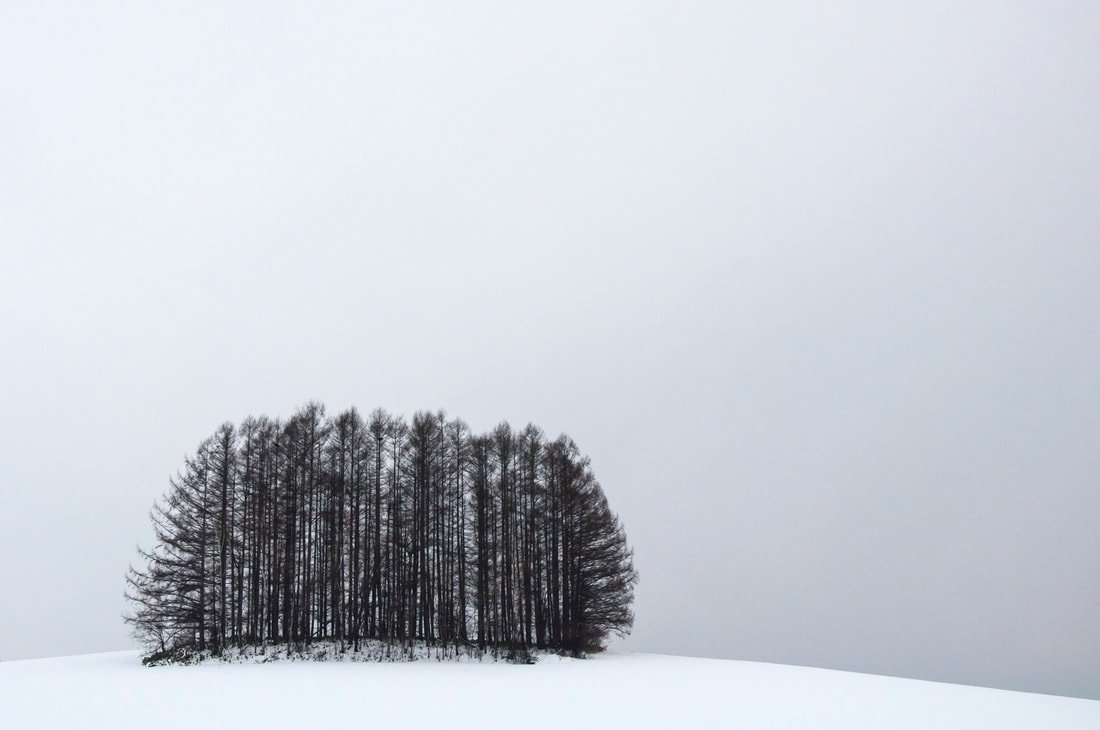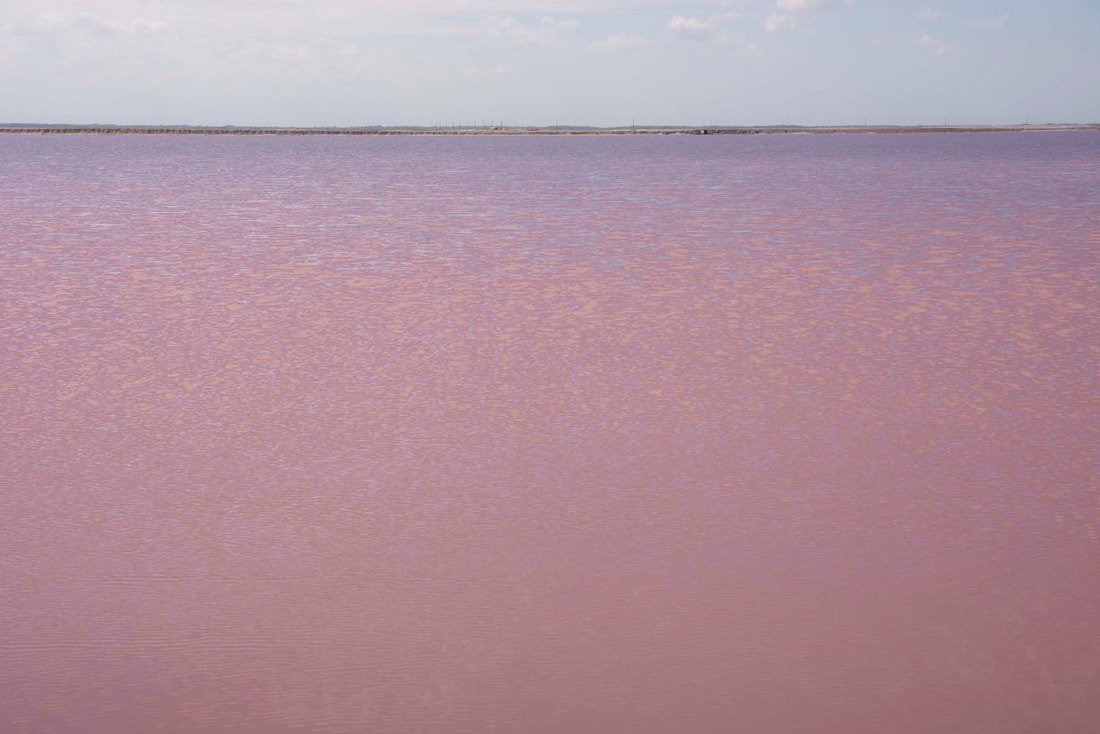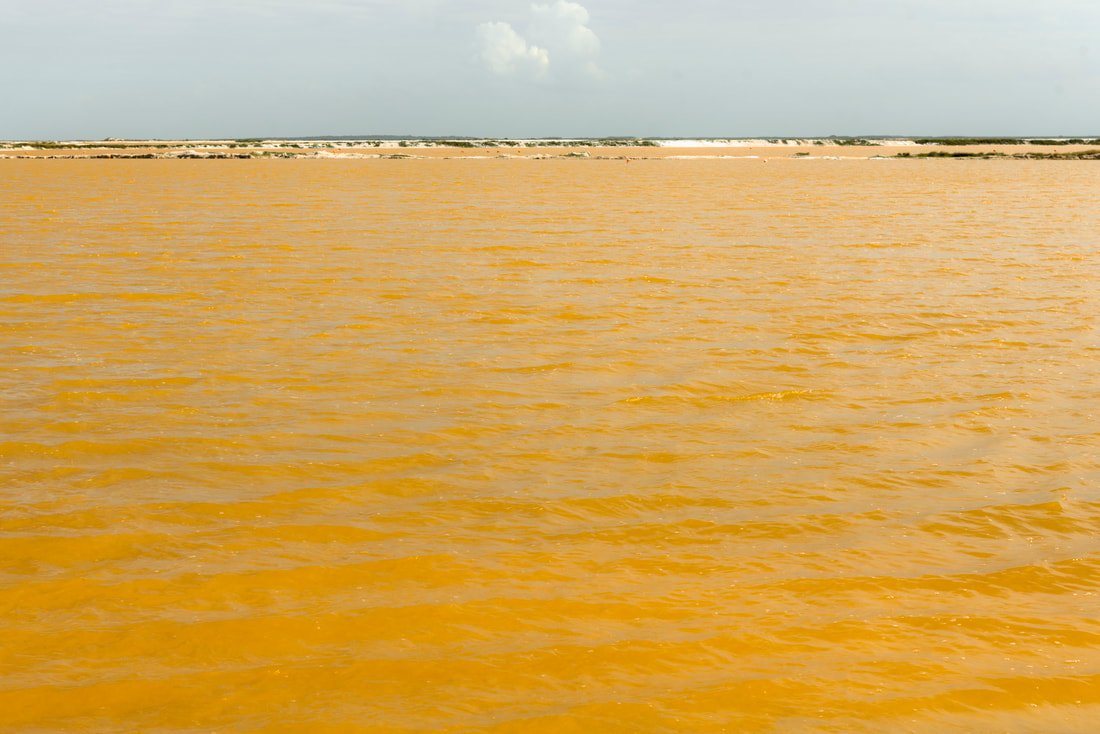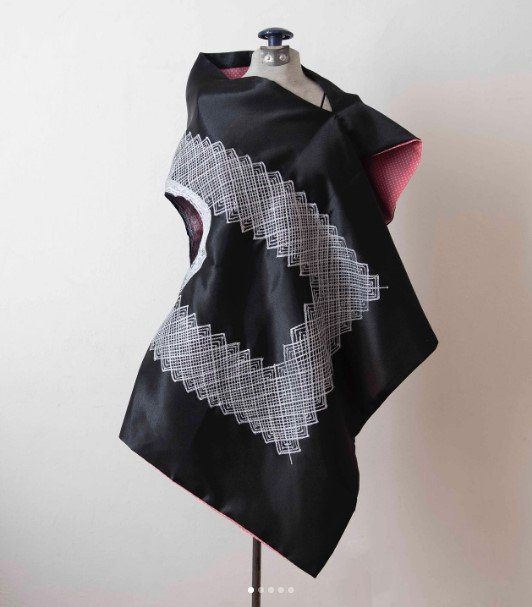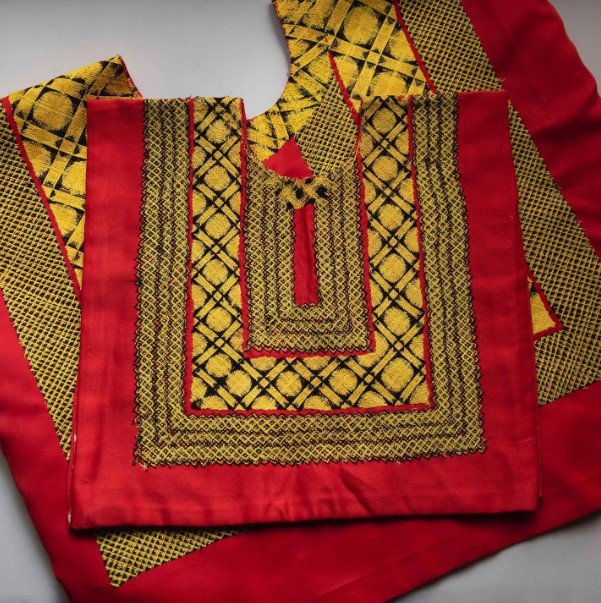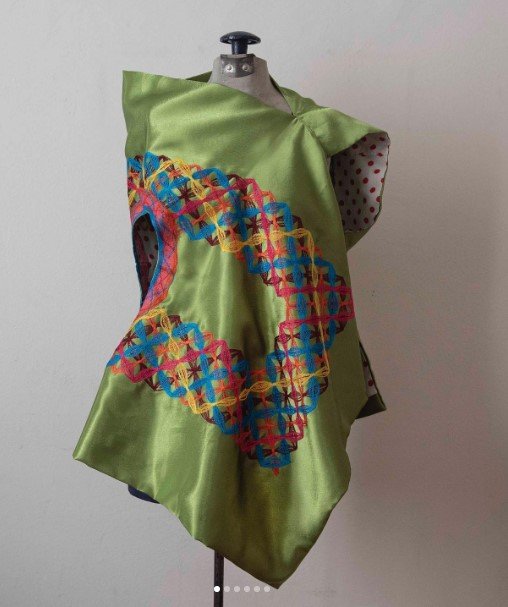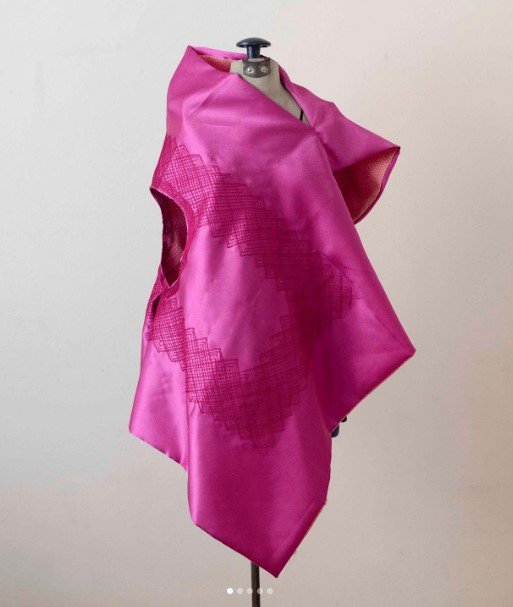Miho Hagino: from life to art and from art to life
Miho Hagino is a japanese multidisciplinary artist, curator and cultural manager living in Mexico since the late nineties. In her work and the projects she has helped build, there is a clear sense of consciousness and interconnectivity toward other people, inserting her own collective self in the creative process. In her own words, being an immigrant japanese woman in latin america has been challenging, specially as an artist, but has given her a unique perspective and sensibility shown in her personal works and her social art projects like Paisaje Social and Xunca para Tecas. We interviewed her to learn about her artistic endeavor, her relationship with identity and language and her life in Mexico.
-Much of your photographic work has to do with nature and landscape, what is your relationship with these elements?
There is a difference between the reason us eastern artists create and the reason western artists do: in the West the human being is separated from nature and in the East we are part of it. In shintoism nature is our god, our wisdom and company, even if we fear it we learn from it. This is very similar to the way many indigenous cultures view the world, god being plural. It’s just not me but many Japanese artists have this very sensitive relationship with nature(...). In my case I was raised on a cold rural land near the woods in Hokkaido, where houses are wide apart and snow is common. This shaped my relationship with nature and made it a central axis inside of me because I spent even more time out there than with my own family.
Paisajes / Landscapes: En todos los lugares y ningún lado / In all places and nowhere (2016-2019)
-Throughout all of your projects a recurring theme is your own identity as a wall to empathize with other people and being, could you tell me more about it? Is it related to your life story?
“ I try to work in a collective way beyond the individual artist because we don't exist and the other doesn’t. Since I was young I was doubtful about my own identity. My father’s job kept us moving around so I grew up in an unstable environment.(...). In Mexico, even if I am Japanese, my character is japanese-like and I speak the language. I am not that Japanese because I come from Northern Japan where there is a lot of migration. Since I cannot explain who I am through language and traditions I learned to share my own idea of self with communication. I use art to do so because it’s an abstract language. Before, a lot of people wanted me to abandon my own life and give up my desires because as a woman living in Japan, how was it possible that I wanted to go abroad to study art when I was not young anymore? My family and friends supported me and I got the chance to go out. This type of situations are common for minorities: we just want to live in peace, without violence or discrimination.”
Fascinación (1998)
-Let's talk about Mexico, why did you start working here in the first place? what inspires you?
“I visited Mexico for the first time in 1993 and it was a surprise. When I arrived I didn't know where I was and I didn't understand the language. I had been warned, when I was in the U.S., that this was a very dangerous country. On the contrary, I wanted to see what this country was about. It was a place I couldn't have imagined, very different from where I come from. Being in Mexico gives me a sense of neutrality: this place is nor North or South, nor East or West. I can choose where to go and who to be as a Japanese woman and an artist(...). Here i can freely share my opinions and be independent. You can actually work in any artistic medium if your proposal is good, there are a lot of opportunities. People worry about themselves to be able to exist on their own terms and with their own opinions.”
Xunca para Tecas: Huipil contemporáneo/ proyecto de arte y reactivación económica en Juchitán, Oaxaca
-Aside from being a visual artist you have worked as a curator and cultural manager in various areas, do you think these disciplines compliment each other? What has been your experience?
“This happened because of necessity At the beginning of the 2000s, and it is till this day, the contemporary artwork has a very patriarchal, rigid hierarchy that could not belong to. When I came back to Mexico after being in Japan and working in L.A. I was frustrated: my work and I had been classified in the western art history narrative when I had a different view. I felt like my work was going nowhere and I started working with social art and Japanese migrants, especially with women. When the Paisaje Social Project started, there was no funding support from the government because the art and the social spheres were seen as separate. Recently this has changed and now there are long-term resources available. I came to the conclusion that my own artistic work should not be mixed with these projects because they are strong on their own. Right now there are many artists jumping on the social art trend but that can be dangerous if there are personal interests and a lack of concern for the so-called “vulnerable” people, because even if they are economically disadvantaged, they have a rich cultural heritage.”
Un país en las memorias (2008-2013)
Proyecto Japón
Piezografía y grabado sobre papel algodón, video 60 minutos
